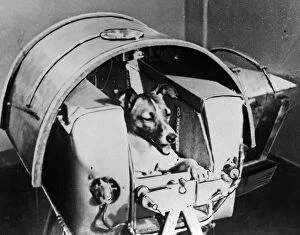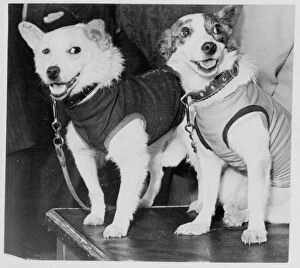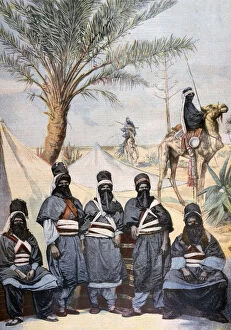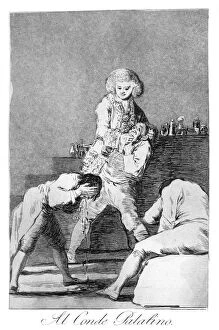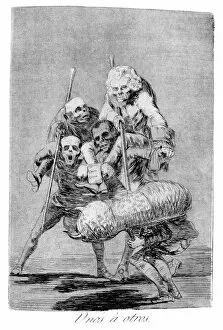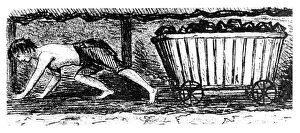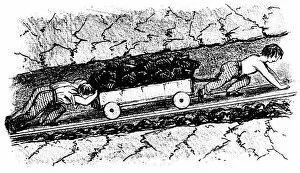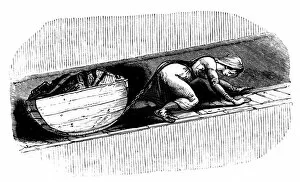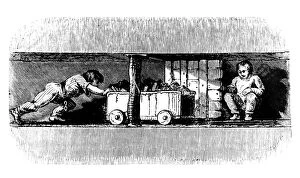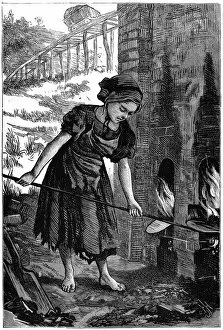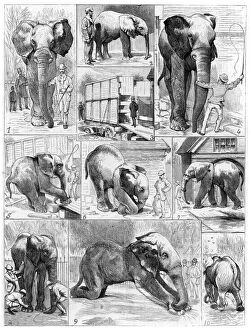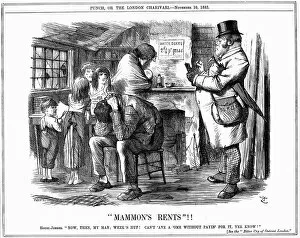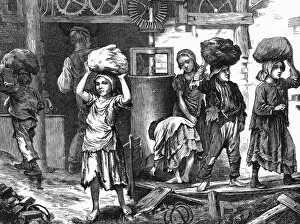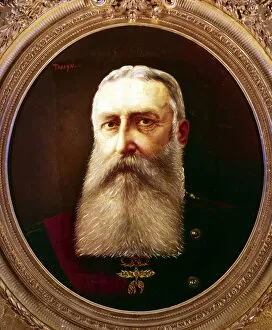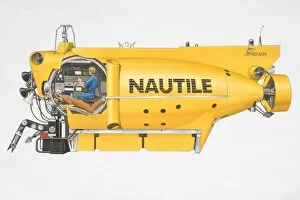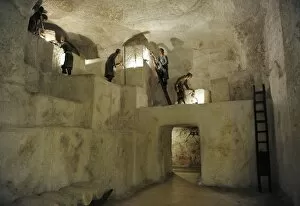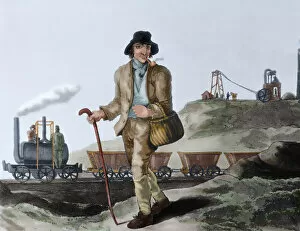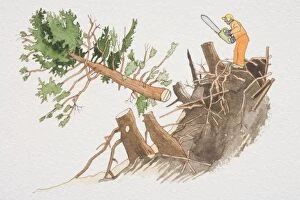Exploitation Collection (page 8)
"Exploring the Depths of Exploitation: From Das Kapital to Industrial Revolution" In Karl Marx's seminal work, Das Kapital
For sale as Licensed Images
Choose your image, Select your licence and Download the media
"Exploring the Depths of Exploitation: From Das Kapital to Industrial Revolution" In Karl Marx's seminal work, Das Kapital, he delves into the intricate web that plagued societies during the Industrial Revolution. England, once a hub for mining and industrialization, became a breeding ground for inequality and injustice. "The Haunted Lady, " an illustration from Punch magazine, hauntingly captures the essence of this era. It depicts a duck decoy in operation - an entrance to deception with a lure dog hard at work. This image serves as a metaphor for how workers were lured into exploitative labor conditions without realizing their true worth. The Roan Antelope Copper Mine in Luanshya, Zambia stands as a stark reminder of exploitation's global reach. Africa too fell victim to this ruthless cycle as its rich resources were ruthlessly extracted by foreign powers. A poignant cartoon titled "More Pigs than Teats" highlights the grotesque reality where greed led to overexploitation. The image reflects how individuals and corporations sought to squeeze every ounce of profit from already strained resources. Even individuals like Ivan Markoff, a Russian cossack giant in the early 20th century, were not immune to exploitation. Their unique talents often exploited for entertainment purposes rather than being celebrated or respected. As summer arrived each year, so did new tales unfold across various industries. The wrecked Bayard in Ocean Harbour on South Georgia Island symbolizes both human and environmental cost associated with whaling practices during that time period. Grytviken Whaling Station further exemplifies this dark chapter in history; its open doors invite visitors but conceal walls stained with bloodshed and suffering caused by relentless hunting practices. Lastly, we cannot overlook the Petrel whale catcher - an ominous vessel used solely for capturing these majestic creatures mercilessly. Its existence is another testament to humanity's insatiable desire for profit at any cost.

